calsfoundation@cals.org
Dierks Forests, Inc.
Arkansas-based Dierks Forests, Inc.—which amassed holdings of 1.75 million acres of timberland—was one of the largest family-owned landholding entities in the United States until its sale to Weyerhaeuser Company in 1969. Hot Springs Village (Garland and Saline counties) was created in 1970 on landholdings from the Dierks company.
After arriving in the United States, German immigrant Peter Henry Dierks (1824–1908) became a successful farmer and businessman in eastern Iowa, just north of Clinton. He and his wife, Margaretha Tauk Dierks, were the parents of Hans (1850–1929), John (1852–1924), Henry (1860–1895), Herman (1863–1946), and Peter (1867–1906), as well as three daughters.
In 1880, Hans Dierks joined his brother John and another partner to develop a successful retail lumber business in seven western Iowa locations. This business, headquartered in Walnut, was sold in 1885. Hans, with his younger brother Herman, then moved to central Nebraska and opened lumberyards in Broken Bow (managed by Hans) and Litchfield (managed by Herman). This business was named Dierks Brothers. In 1895, with two more brothers, Henry and Peter, they incorporated as Dierks Lumber and Coal Company. They were headquartered in Broken Bow but soon moved to Lincoln, Nebraska.
They continued to expand to some twenty-five lumberyards. In 1896, the company moved its headquarters to Kansas City, Missouri, due to that city’s position as a new railway hub, bringing lumber from Arkansas and Texas. In February 1900, the Dierks company purchased the Williamson Brothers mill in De Queen (Sevier County). Moving to De Queen to manage that operation, Herman Dierks became closely associated with Arkansas, going on to purchase large tracts of timberland in the southwestern part of the state.
The area around the town of Dierks was covered by dense forests of tall, straight pine trees. The land had been settled beginning in 1848 when a wagon trail connected the Hardscrabble community to Center Point (Howard County), ten miles south. Other Dierks family members joined the business, which included managing company ventures in Arkansas and Oklahoma. When the Dierks family established a logging camp along the De Queen and Eastern Railroad in the early 1900s, the name of Hardscrabble was changed to Dierks (Howard County). The mill at De Queen burned in 1909 and was replaced in 1918 by operations in the company town of Dierks.
With a rail system to carry outbound lumber as well as to bring in supplies and settlers, the town of Dierks grew rapidly as workers were attracted to the mill operation. The town had a hotel, a school, and two churches. The Dierks company also operated a business called the Big Store. The 1930 census showed the town’s population at about 1,500 residents, with the 2010 census showing about 1,100 residents.
In 1925, the Dierks company bought 88,000 acres of timberland in the Ouachita Mountains. Timber from that acquisition supplied a large mill, which opened in 1928 at Mountain Pine (Garland County). A 1925 issue of the De Queen Bee newspaper quoted the company’s 1919 public statement that it would maintain the timberland for a second crop. This would ensure a continuous supply of logs for the operation of the lumber mill for decades to come. By 1930, most of the company’s retail lumber yards in Nebraska were closed, but in Arkansas and Oklahoma, the company was operating five lumber mills, and two rail systems. The company had purchased more than 1,250,000 acres of land, and in the 1920s implemented some of the first forestry conservation policies in the South.
In 1954, the Dierks Lumber and Coal Company changed its name to Dierks Forests, Inc. The company diversified, opening box factories and a paper mill, and producing pressure-treated wood products, fiberboard, grocery bags, window frames, and gypsum wallboard. By that time, the firm’s holdings included 1.75 million acres of timberland, half in Arkansas and half in Oklahoma. A full engineering staff handled the various company projects at Dierks facilities. The company developed the largest pressure treating plant in the U.S., treating 3 million fence posts and 150,000 telephone poles along with railroad ties and lumber.
The family-owned company became one of the biggest producers of pine lumber in the South. Reflecting the firm’s significant presence in Arkansas, Dierks Forests, Inc., moved its headquarters in 1956 from Kansas City to a building at 810 Whittington Avenue in Hot Springs (Garland County), the site of the former People’s Ice Manufacturing Co.
In 1969, John Cooper of Cooper Communities sought to create a gated retirement community in central Arkansas. He approached the Dierks company and found a site about sixteen miles north of downtown Hot Springs. Today’s Hot Springs Village, covering 26,000 acres, sits on more than 20,000 acres that were originally owned by Dierks Forests, Inc.
In 1969, Weyerhaeuser purchased the company. The $317 million sale secured properties including Dierks Forests’ 1.75 million acres of land, the paper mill, three sawmills, a treating plant, a wood-fiber business, a gypsum-wallboard plant, two paper converting plants, and two railroads. Weyerhaeuser also began using the Dierks building in Hot Springs for offices.
For additional information:
Dierks, Don. Full Circle, 1957–2002: A Historical Narrative on the Timberlands of Dierks Forests Inc. Which Became Hot Springs Village. Hot Springs, AR: Cedar Mountain Books, 2010.
Dierks Lumber and Coal Company Records. Archives and Special Collections, Riley-Hickingbotham Library, Ouachita Baptist University, Arkadelphia, Arkansas.
Nelson, Rex. “The Dierks Family and South Arkansas Timber.” Rex Nelson’s Southern Fried, July 23, 2014. http://www.rexnelsonsouthernfried.com/?p=5868 (accessed September 10, 2020).
Nancy Hendricks
Garland County Historical Society
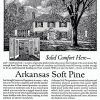
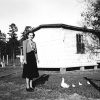

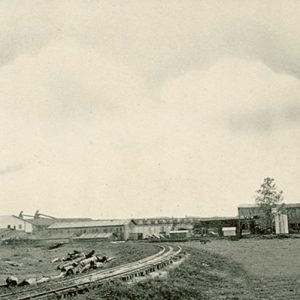
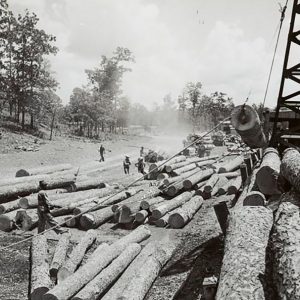
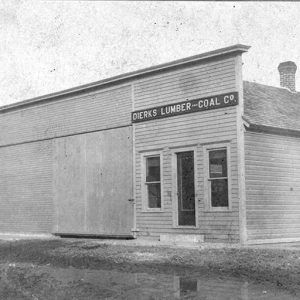
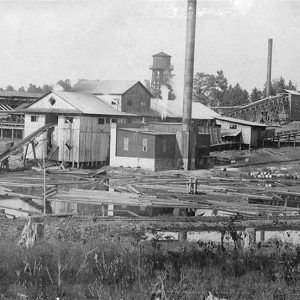
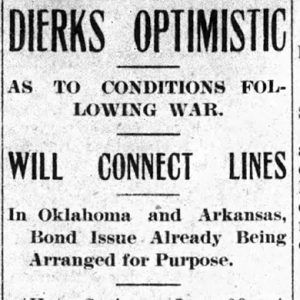




Comments
No comments on this entry yet.